Rupa Ashok Hurra v. Ashok Hurra, (2002) 4 SCC 388
- ByPravleen Kaur --
- 06 Jan 2025 --
- 0 Comments
Rupa Ashok Hurra v. Ashok Hurra, (2002) 4 SCC 388
- Indian Council For Enviro-Legal ... vs Union Of India & Ors., [18 July, 2011]
- Hitesh Bhatnagar vs Deepa Bhatnagar, [CIVIL APPEAL NO. 6288 OF 2008]
- Union Of India And Ors vs Major S.P. Sharma And Ors., [CIVIL APPEAL NOs.2951-2957 OF 2001]
- Subrata Roy Sahara vs Uoi & Ors., [WRIT PETITION (CRIMINAL) NO. 57 OF 2014]
- Essar Teleholdings Ltd vs Regr.Gen.Delhi High Court & Ors., [WRIT PETITION (C) No. 57 OF 2012]
- C.B.I vs Keshub Mahindra, [11 May, 2011]
- U/A 143(1) Of Constitution vs Of India on 27 September, 2012
Rupa Ashok Hurra v. Ashok Hurra, (2002) 4 SCC 388 : AIR 2002 SC 1771:
The question before a Constitution Bench in this case was whether an aggrieved person is entitled to any relief against a final judgment/order of the Supreme Court, after dismissal of review petition (under Article 137 of the Constitution), either under Article 32 of the Constitution or otherwise. It was held that:
A final judgment/order passed by Supreme Court cannot be assailed in an application under Article 32 of the Constitution of India by an aggrieved person whether he was a party to the case or not.
The jurisdiction of Supreme Court under Article 32 of the Constitution cannot be invoked to challenge the validity of a final judgment/order passed by this Court after exhausting the remedy of review under Article 137 of the Constitution read with Order XI, Rule 1 of the Supreme Court Rules, 1966.
It was pointed out above that Article 32 can be invoked only for the purpose of enforcing the fundamental rights conferred in Part III and it is a settled position in law that no judicial order passed by any superior court in judicial proceedings can be said to violate any of the fundamental rights enshrined in Part III. It may further be noted that the superior courts of justice do not also fall within the ambit of State or other authorities under Article 12 of the Constitution.
Though Judges of the highest Court do their best, subject of course to the limitation of human fallibility, yet situations may arise in the rarest of the rare cases, which would require reconsideration of a final judgment to set right miscarriage of justice complained of. In such case it would not only be proper but also obligatory both legally and morally to rectify the error. Therefore, the duty to do justice in these rarest of rare cases shall have to prevail over the policy of certainty of judgment as though it is essentially in public interest that a final judgment of the final Court in the country should not be open to challenge yet there may be circumstances, as mentioned above, wherein declining to reconsider the judgment would be oppressive to judicial conscience and cause perpetuation of irremediable injustice. Therefore, it was held that the Supreme Court, to prevent abuse of its process and to cure a gross miscarriage of justice, may reconsider its judgments in exercise of its inherent power. This was allowed by way of a curative petition.
It was held that except when very strong reasons exist, the Supreme Court should not entertain an application seeking reconsideration of an order of the Court which has become final on dismissal of a review petition. It is neither advisable nor possible to enumerate all the grounds on which such a petition may be entertained. Nevertheless, a petitioner is entitled to relief if he establishes (1) violation of principles of natural justice in that he was not a party to the lis but the judgment adversely affected his interests or, if he was a party to the lis, he was not served with notice of the proceedings and the matter proceeded as if he had notice and (2) where in the proceedings a learned Judge failed to disclose his connection with the subject-matter or the parties giving scope for an apprehension of bias and the judgment adversely affects the petitioner.
Detailed procedure for filing of curative petition was laid down in this case, inter alia, including, that the curative petition shall contain a certification by a Senior Advocate with regard to the fulfilment of the requirements for filing the curative petition.
The theoretical basis for introducing irretrievable breakdown as a ground of divorce is one with which, by now, lawyers and others have become familiar. Restricting the ground of divorce to a particular offence or matrimonial disability, it is urged, causes injustice in those cases where the situation is such that although none of the parties is at fault, or the fault is of such a nature that the parties to the marriage do not want to divulge it, yet there has arisen a situation in which the marriage cannot be worked. The marriage has all the external appearance of marriage, but none of the reality. As is often put pithily, the marriage is merely a shell out of which the substance is gone. In such circumstance, it is stated, there is hardly any utility in maintaining the marriage as a facade, when are of the essence of marriage have disappeared.
After the marriage has ceased to exist in substance and in reality, there is no reason for denying divorce. The parties alone can decide whether their mutual relationship provides the fulfilment which they seek. Divorce should be seen as a solution and an escape route out of a difficult situation. Such divorce is unconcerned with the wrongs of the past, but is concerned with bringing the parties and the children to terms with the new situation and developments by working out the most satisfactory basis upon which they may regulate their relationship in the changed circumstances.............
Moreover, the essence of marriage is a sharing of common life, a sharing of all the happiness that life has to offer and all the misery that has to be faced in life, an experience of the joy that comes from enjoying, in common, things of the matter and of the spirit and from showering love and affection n one's offspring. Living together is a symbol of such sharing in all its aspects. Living apart is a symbol indicating the negation of such sharing. It is indicative of a disruption of the essence of marriage -- "breaking" - - and if it continues for a fairly long period, it would indicate destruction of the essence of marriage -- "irretrievable breakdown."
24. S.L.P. No.6443 of 1995 was filed earlier by the appellant herein praying that this Hon'ble Court may be pleased to invoke Article 142 of the Constitution of India and pass appropriate orders granting a decree of divorce.
The Special Leave Petition was filed against the order of a single Judge of the Judge of the Gujarat High Court in Civil Application No.949 of 1995 dated 17.2.1995 dismissing the application of the appellant for granting a decree of divorce in respect of the marriage between the appellant and the respondent. It is unnecessary to advert to the facts stated therein and other matter since consideration of the appeal arising out of S.L.P. No.6443 of 1995 has become academic and unnecessary in view of the final order passed in the main appeal.hold accordingly. No separated orders are necessary the Civil Appeal arising out of S.L.P. No.6443/95.
25. The appeal (filed from S.L.P.20097/96) is allowed.
Subject to the fulfilment of the following conditions, a decree of divorce for dissolution of marriage by mutual consent solemnized between the appellant and the respondent is passed under Section 13B of the Act. It is made clear that the decree is conditional and shall take effect only on payment or deposit in this Court of the entire sum of rupees ten lakhs by the appellant to the respondent, as ordered herein and also the cost as assessed below on or before 10.12.1997. The appellant shall pay or remit the amounts ordered before the said date, in two instalments - a sum of Rs.5 lakhs + Rs.50,000/- (the assessed cost) as ordered hereinbelow, on or before 10.8.1997 and the balance of Rs. 5 lakhs (rupees five lakhs) on or before 10.12.1997. The assessed costs required to be paid by the appellant shall be Rs.50,000/- towards the entire proceeding to the respondent.
If default is made in the payment of the instalment due on 10.8.1997 together with cost, then also, this decree shall not take effect and the appeal shall stand dismissed. If the amounts ordered herein are duly deposited in this Court by the appellant, the respondent can withdraw the said amounts, without further orders. We further declare and hold that all pending proceedings, more particularly referred to in para 8 of this judgment, including the proceeding under Section 494 IPC read with Section 17 of Hindu Marriage Act, 1955 between the parties shall stand terminated, but only on payment or deposit of the amounts ordered by us in this judgment. This is made clear.
The appeal are disposed of in the above terms.
The concept of Curative petition was evolved by the Supreme Court of India in the matter of Rupa Ashok Hurra vs. Ashok Hurra and Anr. (2002) where the question was whether an aggrieved person is entitled to any relief against the final judgement/order of the Supreme Court, after dismissal of a review petition.[1] The Supreme Court in the said case held that in order to prevent abuse of its process and to cure gross miscarriage of justice, it may reconsider its judgements in exercise of its inherent powers.[2] For this purpose the Court has devised what has been termed as a "curative" petition. In the Curative petition, the petitioner is required to aver specifically that the grounds mentioned therein had been taken in the review petition filed earlier and that it was dismissed by circulation. This has to be certified by a senior advocate. The Curative petition is then circulated to the three senior most judges and the judges who delivered the impugned judgement, if available. No time limit is given for filing Curative petition.[3]
Requirements
To entertain the curative petitions, the court has laid down certain specific conditions. Its laid down in order The requirements which are needed in order to accept the curative petitions are:
The petitioner will have to establish that there was a genuine violation of principles of natural justice and fear of the bias of the judge and judgement that adversely affected him.
The petition shall state specifically that the grounds mentioned had been taken in the review petition and that it was dismissed by circulation.
The curative petition must accompany certification by a senior lawyer relating to the fulfillment of the above requirements.
The petition is to be sent to the three senior most judges and judges of the bench who passed the judgement affecting the petition, if available.
If the majority of the judges on the above bench agree that the matter needs hearing, then it would be sent to the same bench (as far as possible).
The court could impose “exemplary costs” to the petitioner if his plea lacks merit.






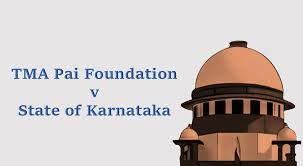

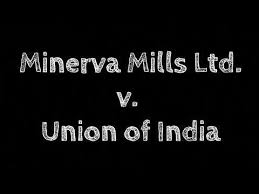
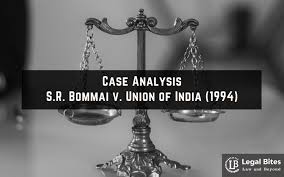





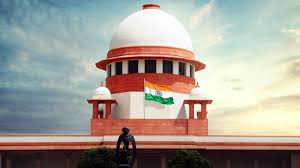

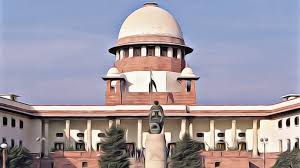

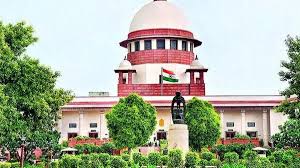









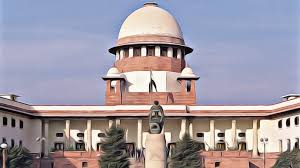




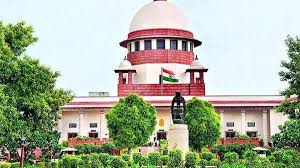



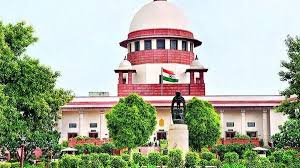
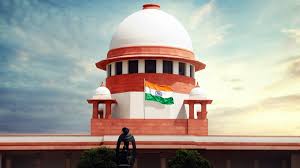



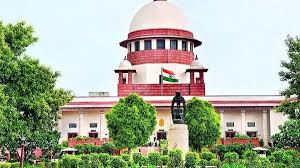















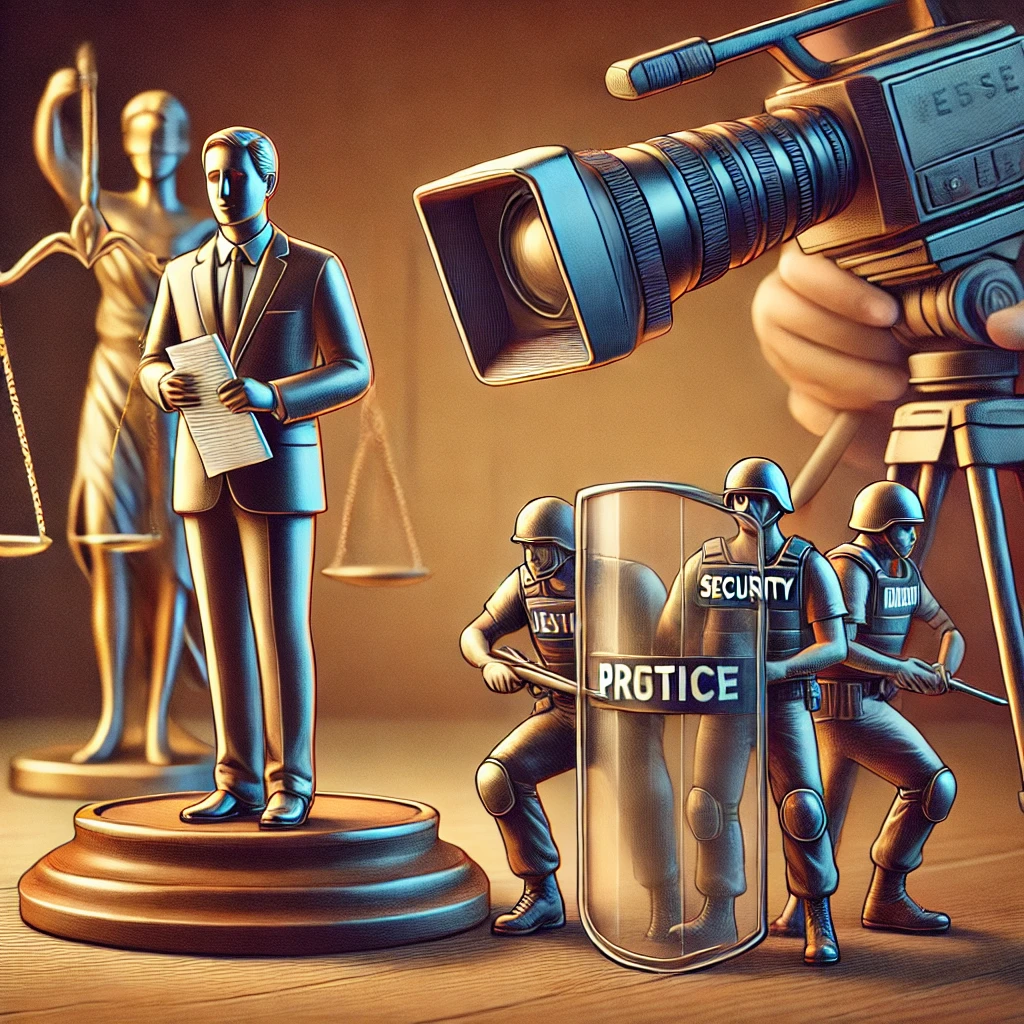

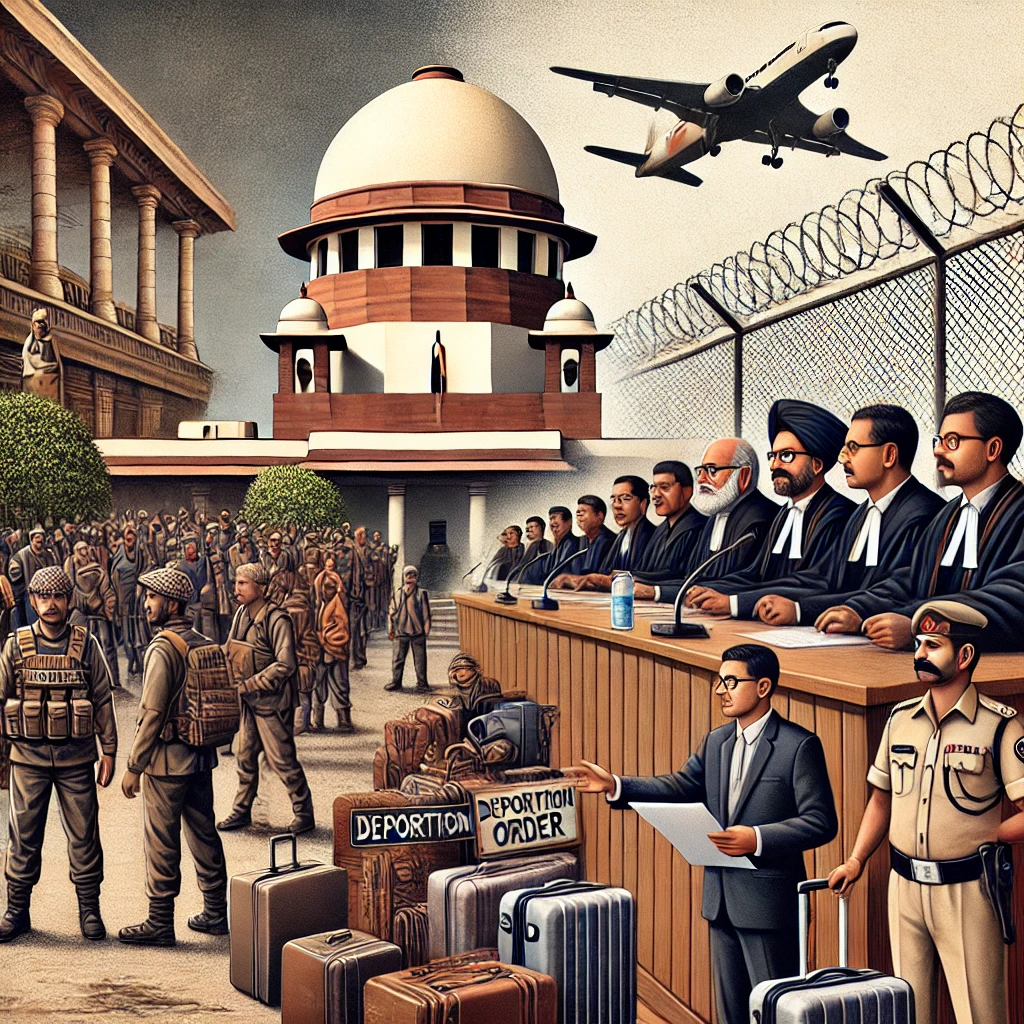
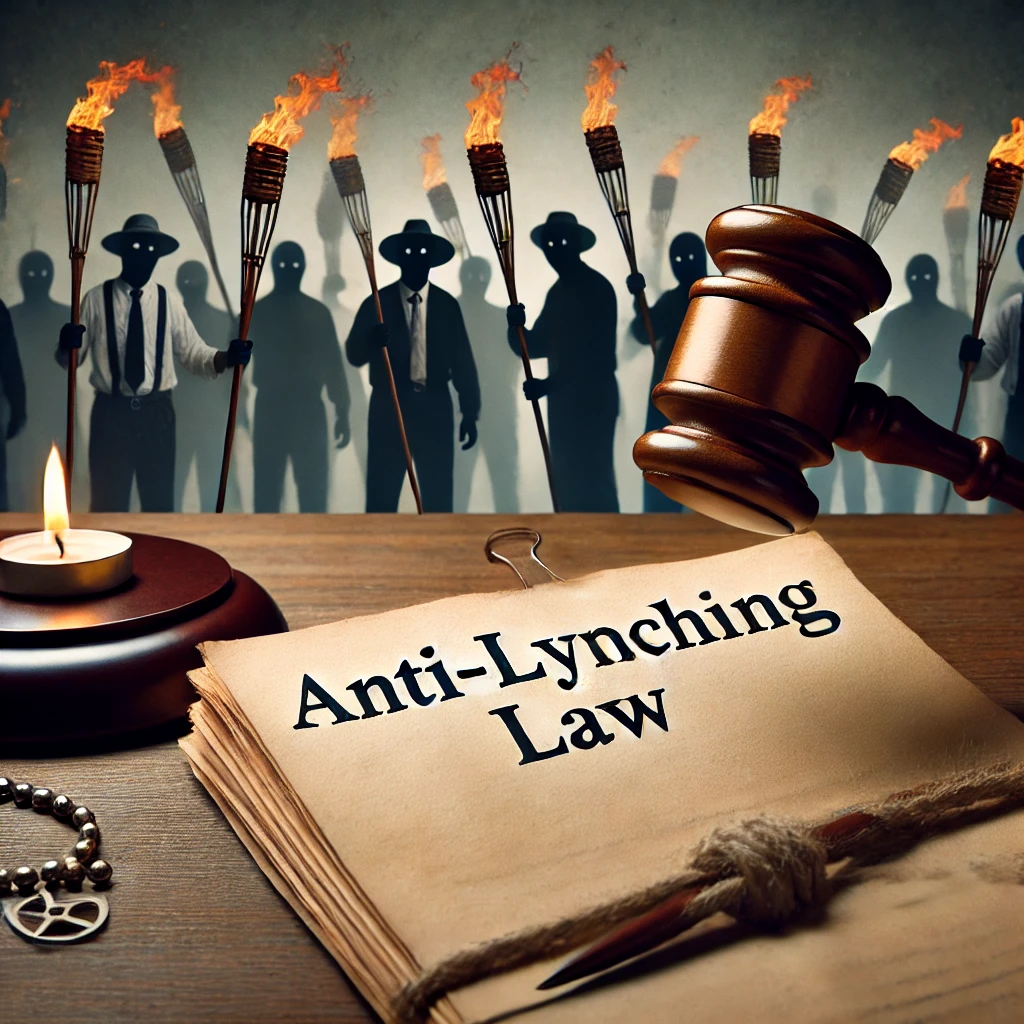
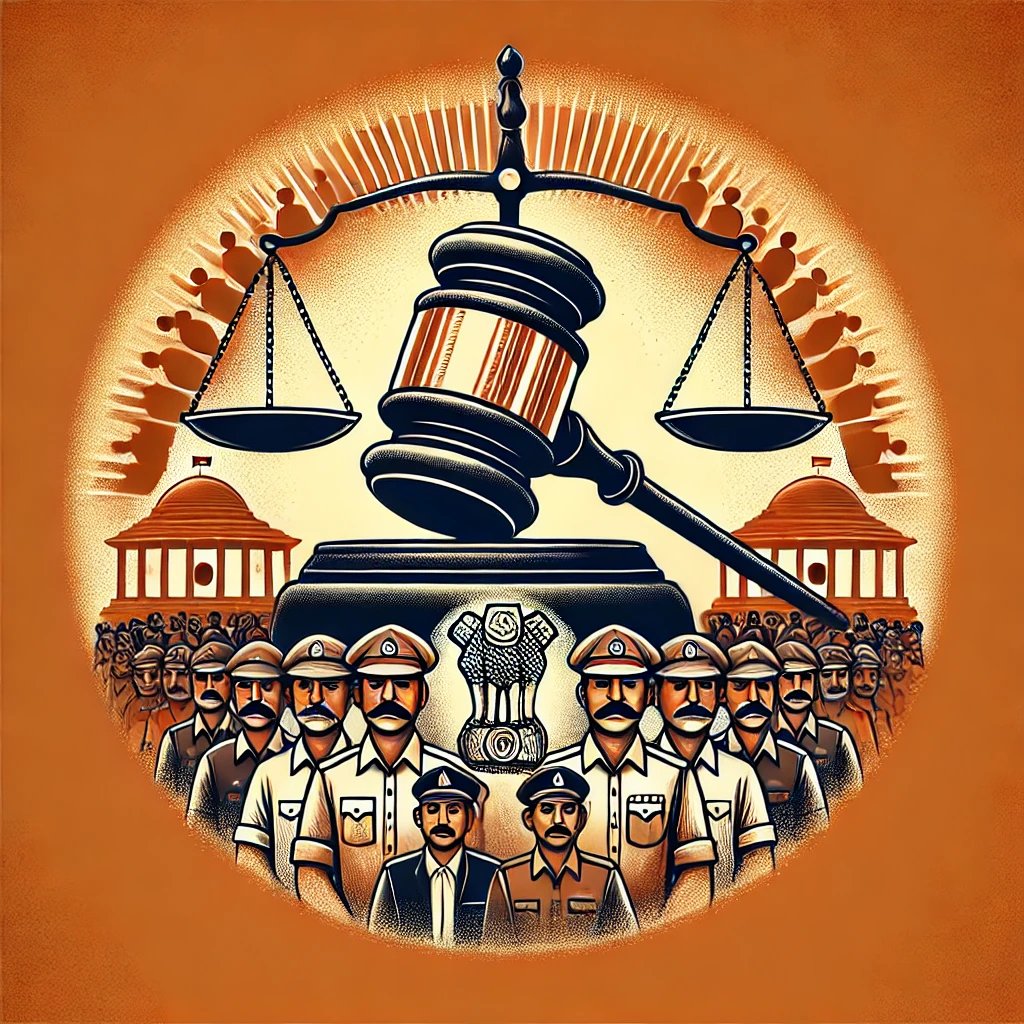

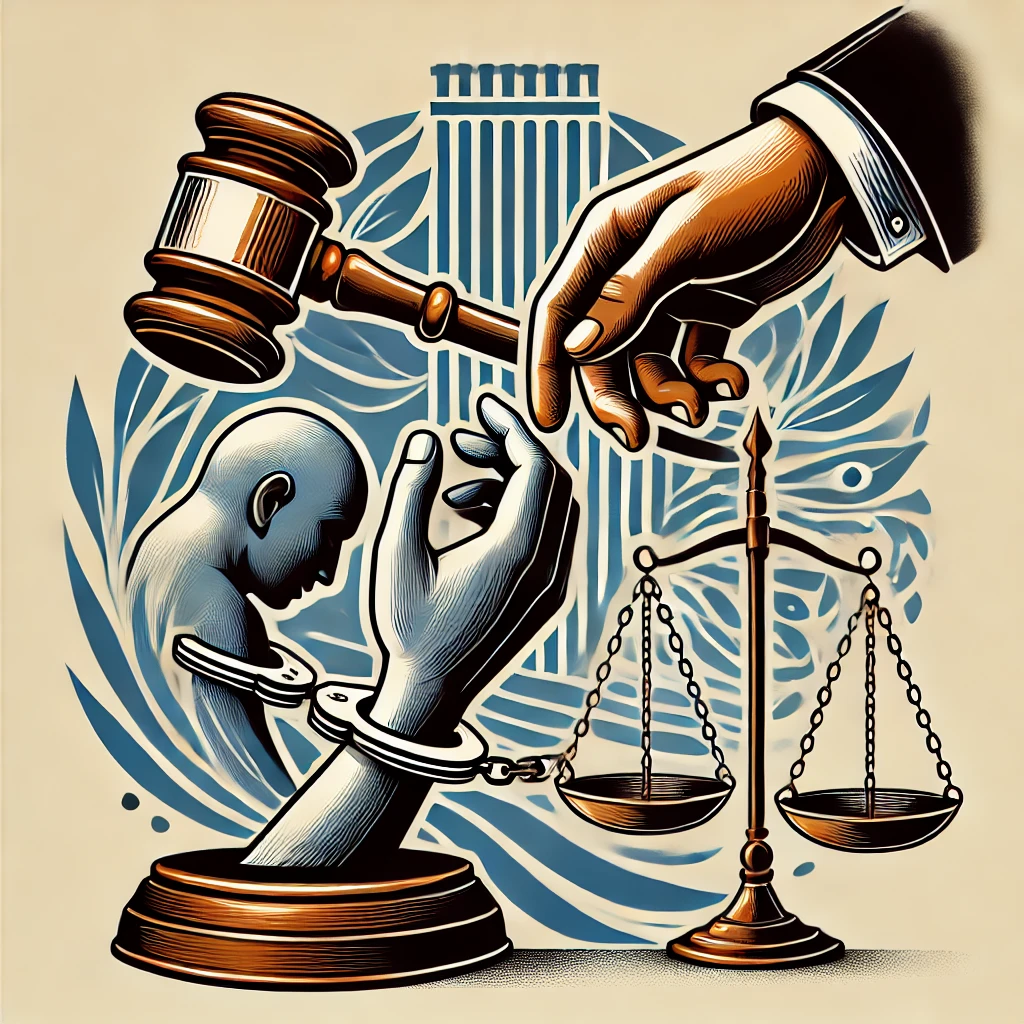
















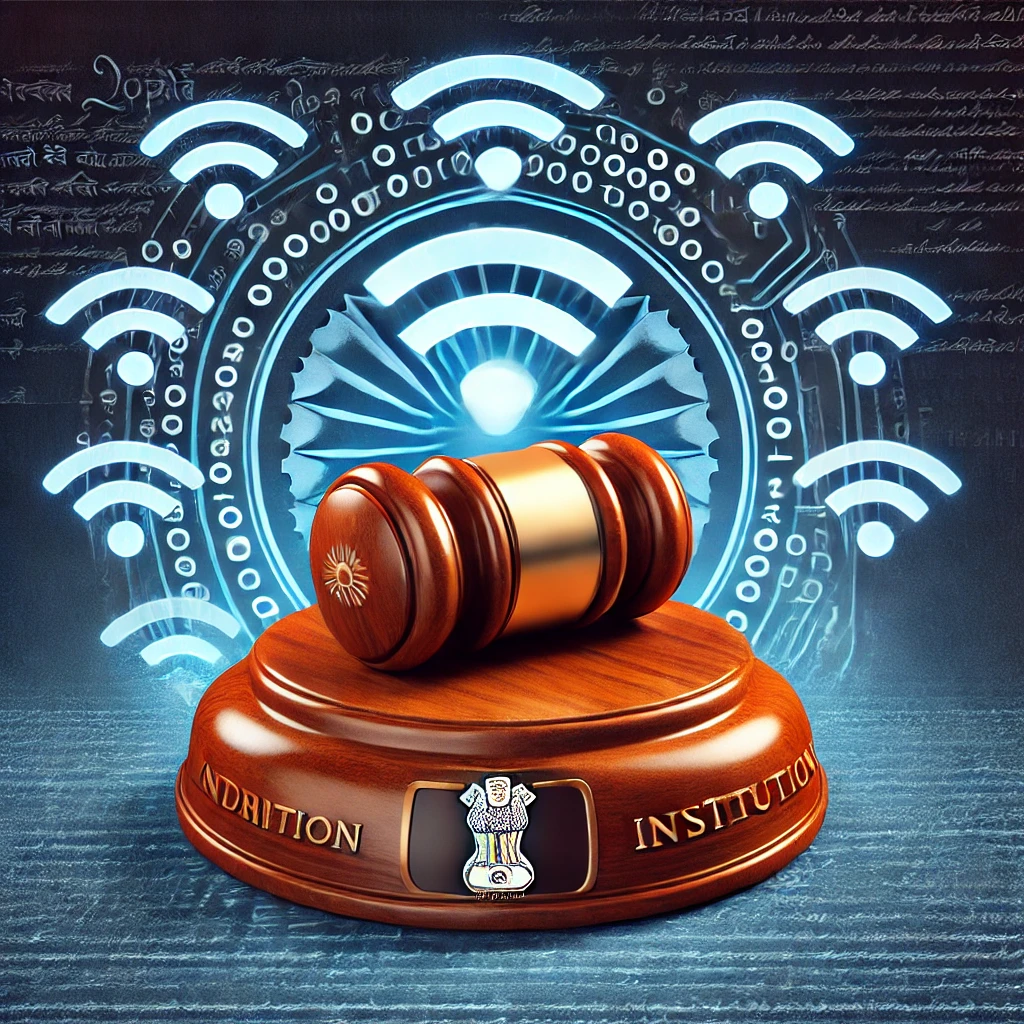




















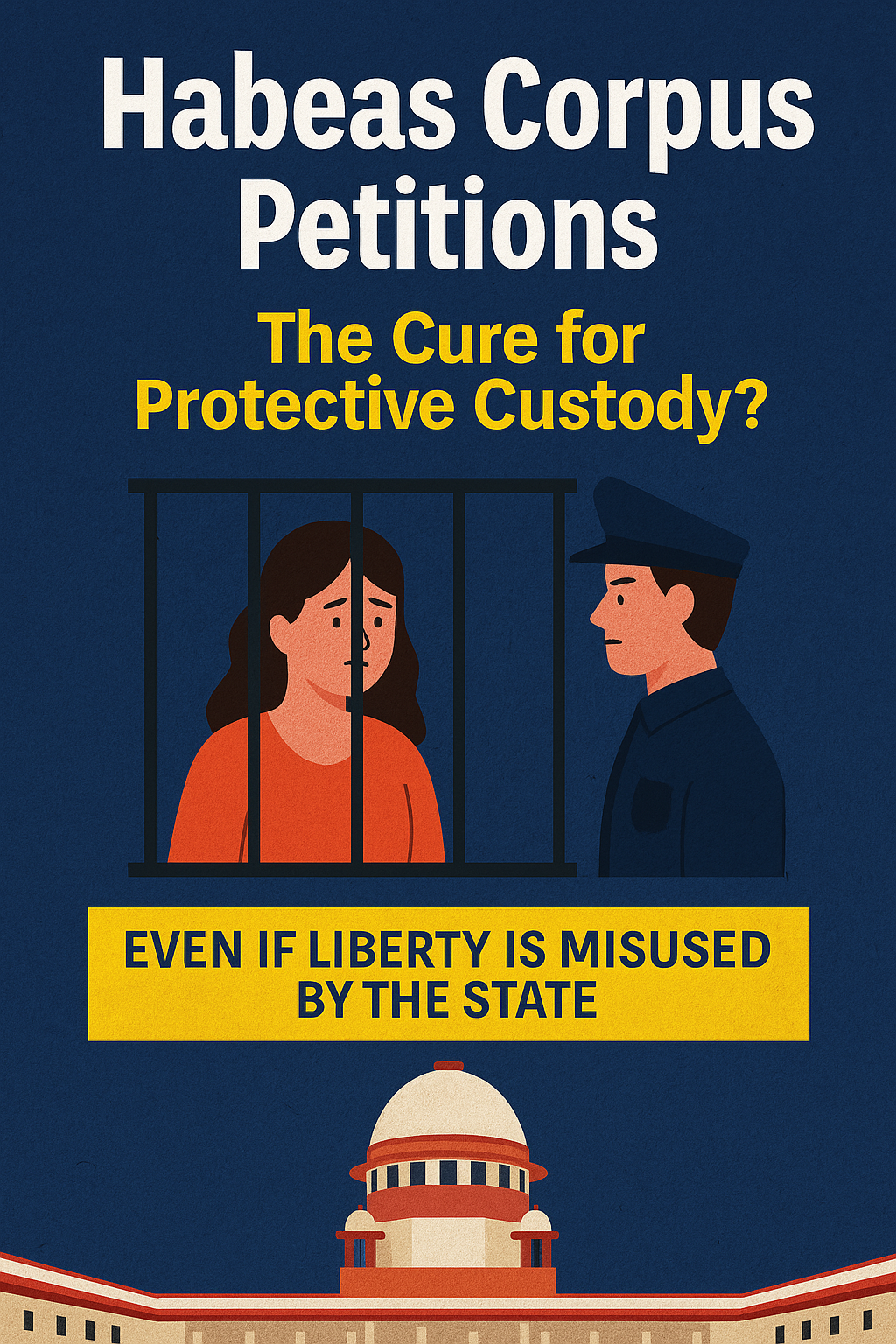




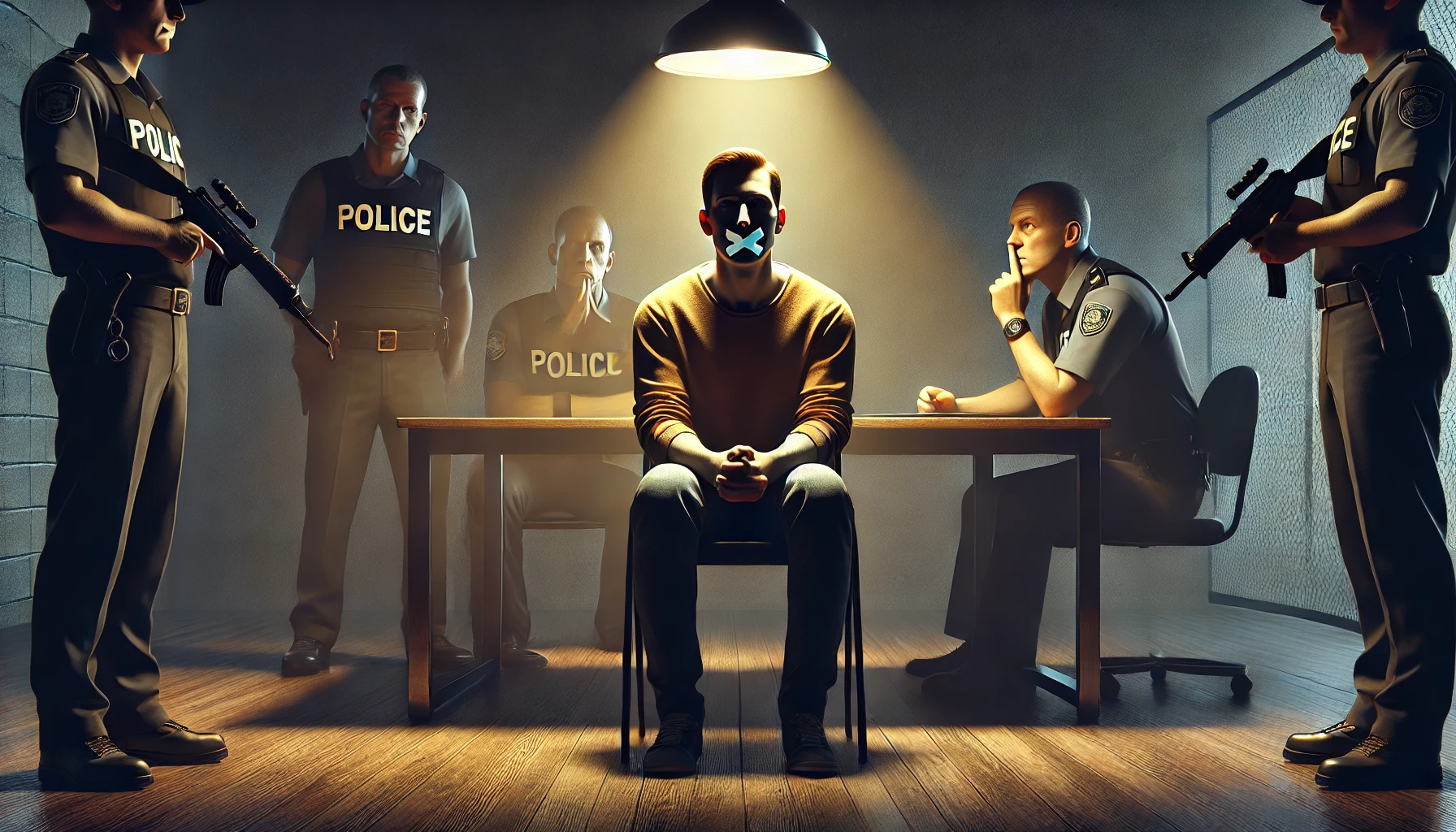








































































































































































































































































































0 comments